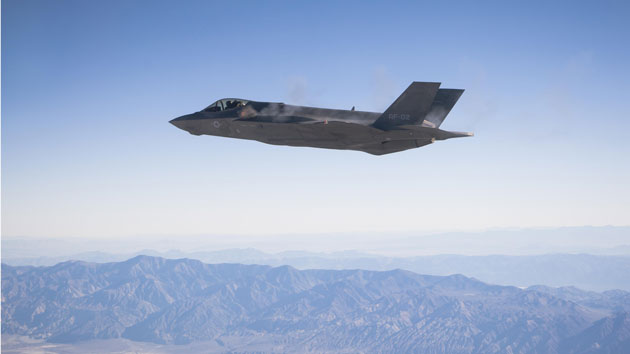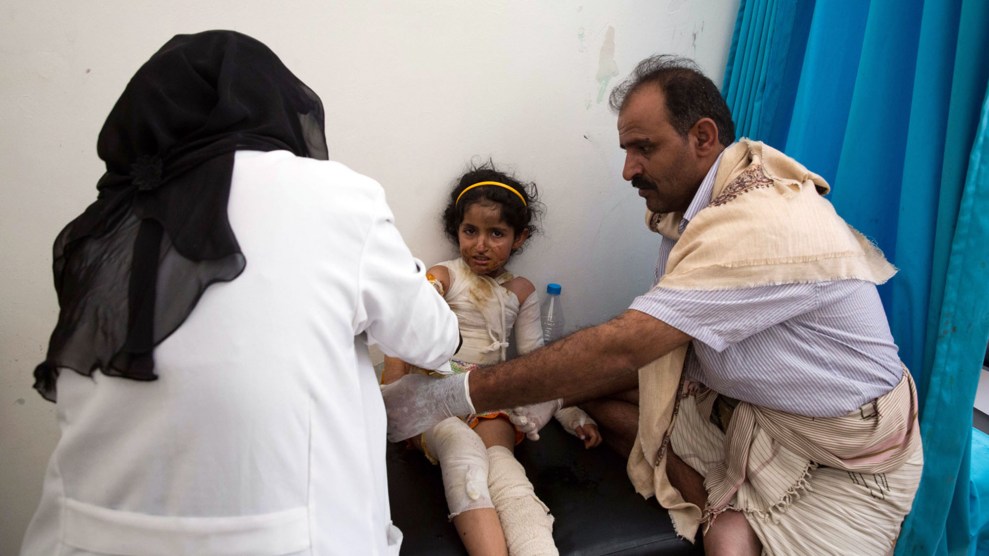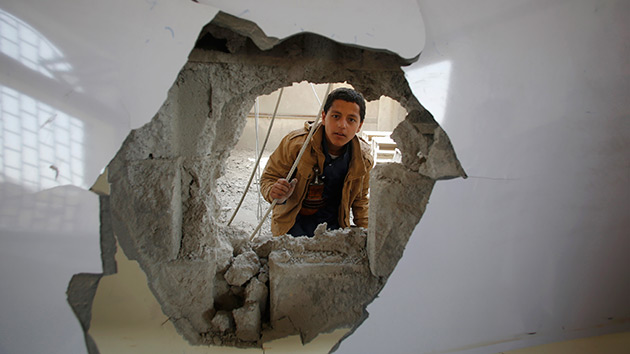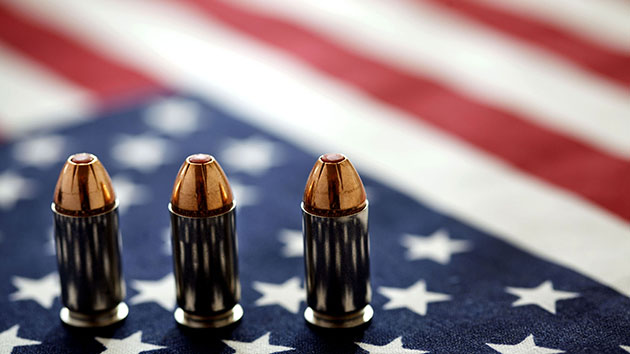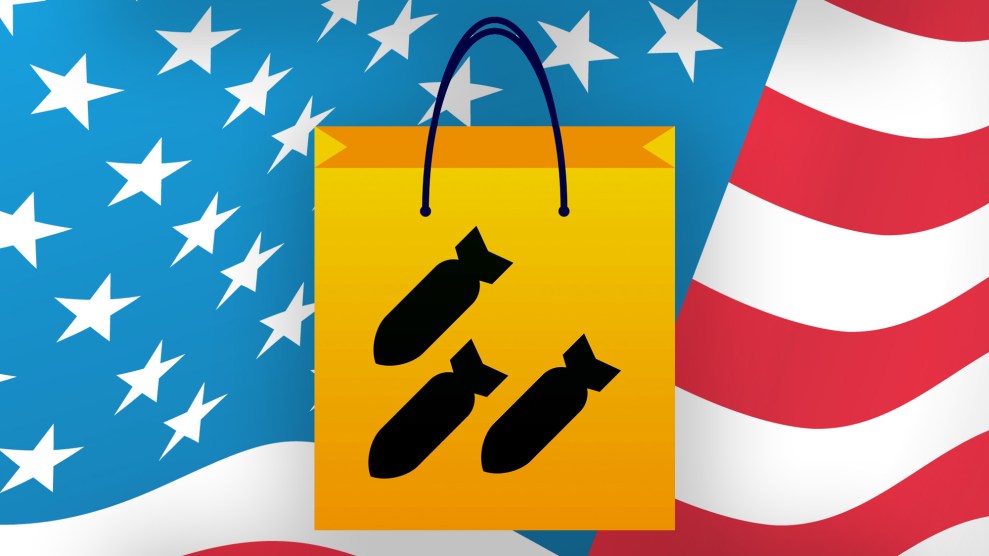
Blablo101/iStock (bag/tag), traffic_analyzer/iStock (flag)
The Obama years have been a boom time for America’s weapons makers. Since 2009, the United States has approved arms deals worth some $200 billion—more than under any other presidency. The deals include sending Apache helicopters to Qatar, “bunker buster” bombs and cluster munitions to Saudi Arabia, and Hellfire missiles all over the place. Predicting an increase in weapons sales fueled by the war against ISIS, an unnamed American weapons manufacturing executive told Reuters last year: “Everyone in the region is talking about building up supplies for 5 to 10 years. This is going to be a long fight. It’s a huge growth area for us.”
The United States currently controls more than half of the global arms market. Its top five customers are Saudi Arabia, the United Arab Emirates, Australia, Iraq, and Israel. By comparison, Russia, the next biggest global weapons supplier, controls just 14 percent of the market.
Some of the factors driving the surge in American exports include a shift toward arming allies instead of putting American boots on the ground, regional threats from ISIS and Al Qaeda, and Obama’s 2013 decision to relax arms export rules, a move supported with an estimated $170 million in lobbying by the defense industry. In the past week, the Obama administration announced it was considering expanding weapons sales to Vietnam and easing an arms embargo on Libya.
Here’s a look at the recent explosion of international arms deals:
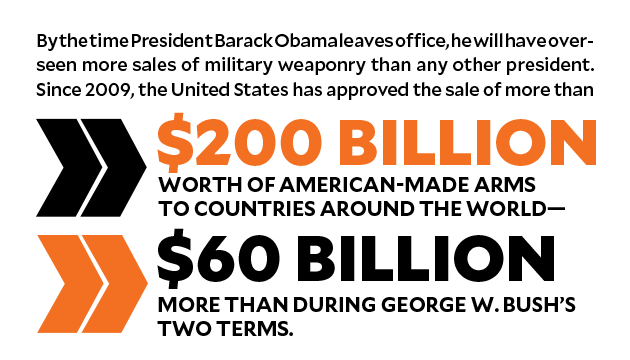
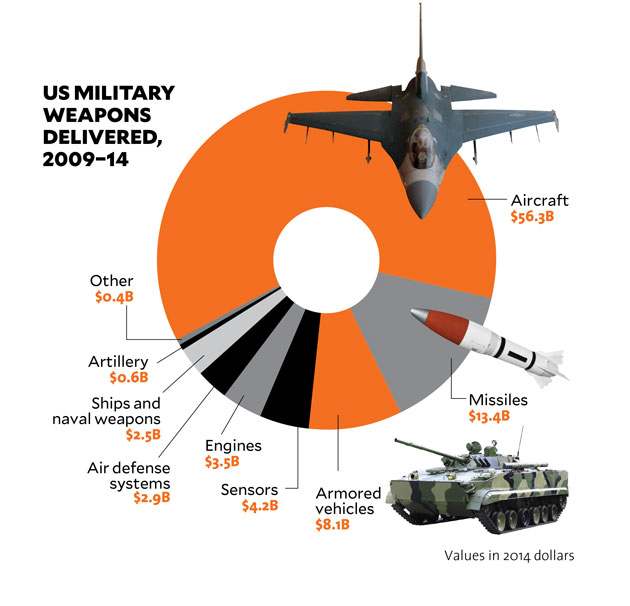
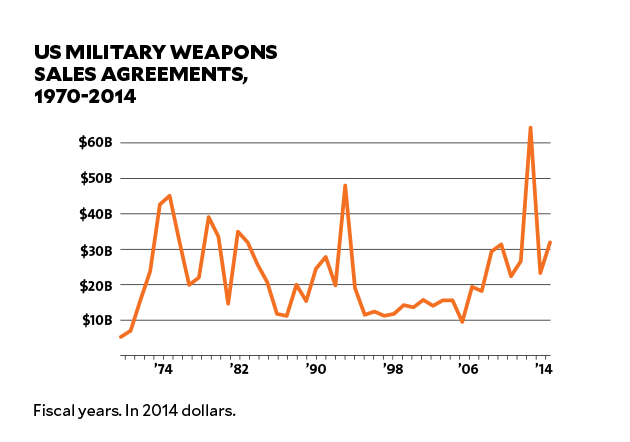

Sources: Congressional Research Service, Department of Defense Fiscal Year Series, Stockholm International Peace Research Institute (SIPRI), Defense Security Cooperation Agency

